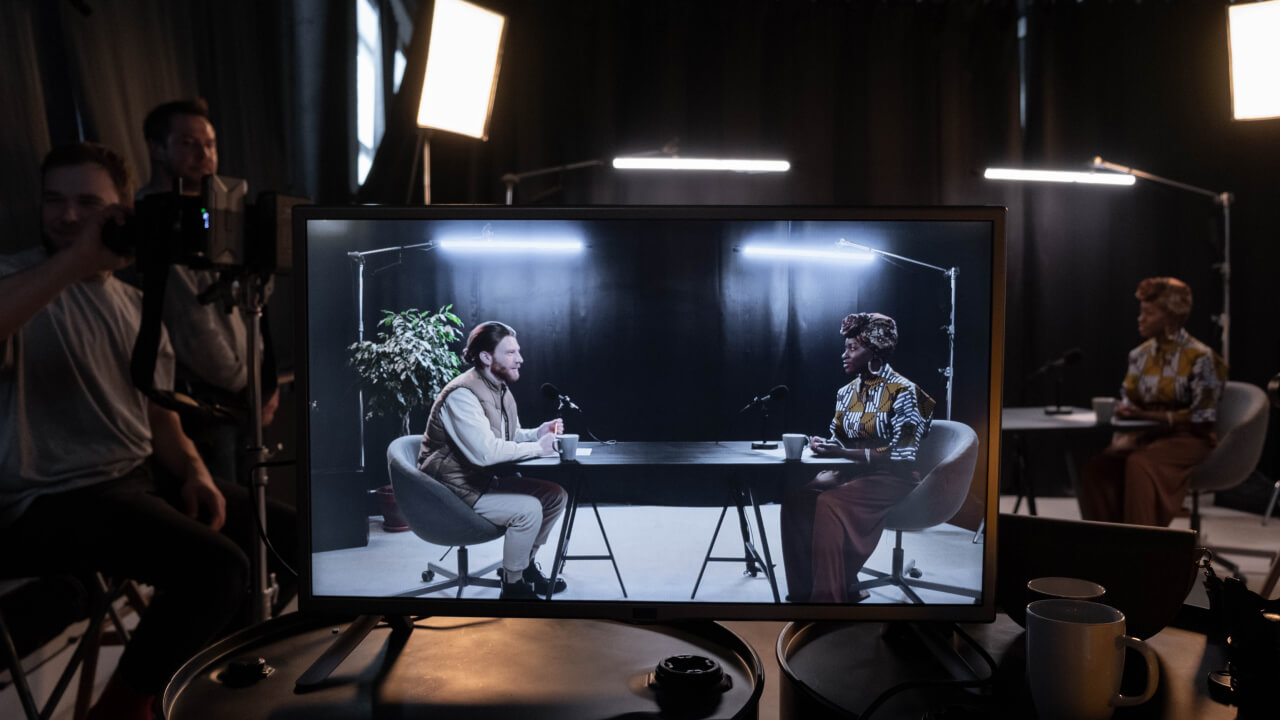How I Approach a Video Project

When clients watch a finished video, they often see the polished product — smooth transitions, captivating visuals, powerful sound design. But behind every great video is a structured process that ensures everything comes together seamlessly.
In this article, I’ll take you behind the scenes of how I approach a video project, from the very first conversation with a client to the final export. Whether you’re a business considering video for your brand or simply curious about how creatives work, here’s a breakdown of my process.
Step 1: Understanding the Client’s Vision
Every project starts with one thing: listening. Before I even think about cameras or editing software, I need to understand the story the client wants to tell.
I ask questions like:
- Who is the target audience?
- What’s the key message?
- Where will this video be used (social media, website, ads)?
- What emotion do you want the viewer to feel?
This discovery phase helps me align the project with the client’s goals. For example, a corporate promo video will look very different from a TikTok campaign aimed at Gen Z.
Step 2: Brainstorming and Concept Development
Once I understand the vision, I move into the creative phase. This is where I brainstorm ideas, sketch storyboards, and map out possible directions for the video.
- For motion design projects, I might experiment with typography and color palettes.
- For live-action videos, I think about shot styles, pacing, and location.
This stage is all about turning abstract ideas into a concrete creative concept that excites the client and sets the direction for production.
Step 3: Pre-Production Planning
Pre-production is often the most underrated part of video creation, but it’s also the most important. Planning saves time, money, and stress later.
Here’s what happens in this stage:
- Scriptwriting: Even a short video benefits from a structured script or outline.
- Storyboarding: A visual plan of how each scene will look.
- Logistics: Booking locations, securing equipment, and scheduling shoots.
- Casting (if needed): Finding actors, models, or even team members for on-camera roles.
By the time we’re ready to film, everything is organized so the shoot runs smoothly.
Step 4: Production — Bringing the Vision to Life
This is the part most people imagine when they think about video production: cameras rolling, lights set up, audio recording.
Depending on the project, this could mean:
- Shooting in a studio with controlled lighting
- Filming on location to capture real environments
- Capturing B-roll (supporting visuals) to add context and energy
During production, I focus not just on capturing beautiful visuals but also on directing the process. My job is to make sure every shot serves the story and aligns with the client’s goals.
Step 5: Editing and Post-Production
Once the footage is captured, the magic really begins in the editing room. This is where the raw material transforms into a compelling final product.
My post-production process usually includes:
- Cutting and arranging clips for flow and pacing
- Adding motion graphics or animation for emphasis
- Color grading to create a consistent, professional look
- Sound design (music, voiceover, effects) to enhance the emotional impact
- Subtitles and formatting for platforms like TikTok, Instagram, or LinkedIn
Editing is where storytelling comes to life. The right cut at the right moment can completely change how a viewer feels.
Step 6: Feedback and Revisions
Collaboration is key. Once I have a strong first draft, I share it with the client for feedback. I encourage honest input because the goal is always to deliver something they’re proud of.
I typically provide 1–2 rounds of revisions, fine-tuning details like pacing, text placement, or music choice. By the end of this stage, we’ve refined the video into its final form.
Step 7: Delivery and Optimization
When the video is finalized, I export it in the best format for its intended use — whether that’s high-resolution for a website, vertical format for social media, or compressed versions for quick online sharing.
But my work doesn’t stop there. I also help clients think about distribution:
- How to post the video for maximum reach
- What captions or hashtags to use
- Whether to run it as part of a paid ad campaign
After all, a great video deserves to be seen.

Why This Process Matters
For me, video isn’t just about creating pretty visuals. It’s about telling stories that move people and deliver results. My process ensures that every project is:
- Strategic — aligned with your goals
- Creative — engaging and unique
- Efficient — delivered on time and with quality
By balancing structure with creativity, I can consistently produce videos that stand out in a crowded market.




